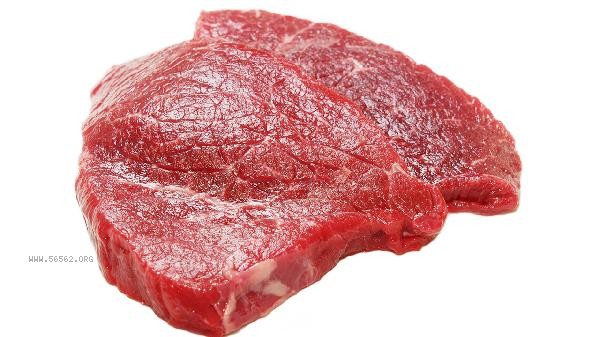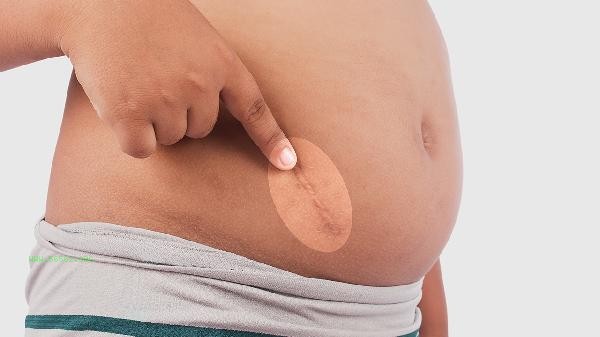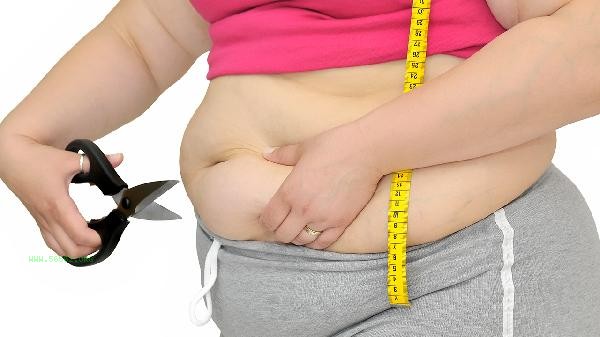Muscle soreness after three days of light fasting is usually related to insufficient energy supply and metabolic changes, and in rare cases may involve electrolyte imbalance or potential health problems. Muscle soreness is mainly caused by the physiological response of the body to break down protein for energy supply after the depletion of glycogen reserves, or the adaptation period of ketone metabolism. During light fasting, when carbohydrate intake is insufficient, the body first depletes glycogen reserves in the liver and muscles. As fasting time prolongs, glycogen depletion leads to the breakdown of fat to produce ketone bodies for energy supply, which may be accompanied by the breakdown of muscle proteins. Amino acids in muscle tissue are converted into glucose through gluconeogenesis, causing slight damage to muscle fibers and inflammatory reactions, manifested as soreness and pain. This reaction is more pronounced in people who lack exercise habits or have insufficient protein intake. Some individuals may experience electrolyte imbalances such as sodium, potassium, and magnesium due to insufficient water intake or delayed mineral supplementation during light fasting. Electrolytes participate in neuromuscular signal transduction, and abnormal concentration can cause muscle spasms and soreness. When diabetes patients or those with abnormal thyroid function undergo light fasting, the decline of metabolic regulation ability may aggravate muscle discomfort. When there are underlying diseases such as chronic kidney disease, the accumulation of protein metabolites can also trigger symptoms.

It is recommended to ensure a daily protein intake of at least 1 gram per kilogram of body weight during light fasting, with priority given to high-quality proteins such as eggs and fish. Add moderate amounts of diluted salt water or vegetable soup rich in potassium and magnesium, and avoid vigorous exercise. If the soreness persists for more than 24 hours or accompanied by darkening of urine color, it is necessary to seek medical attention promptly to investigate serious conditions such as rhabdomyolysis. The first attempt at light fasting should begin with a 12 hour break to gradually adapt.










Comments (0)
Leave a Comment
No comments yet
Be the first to share your thoughts!